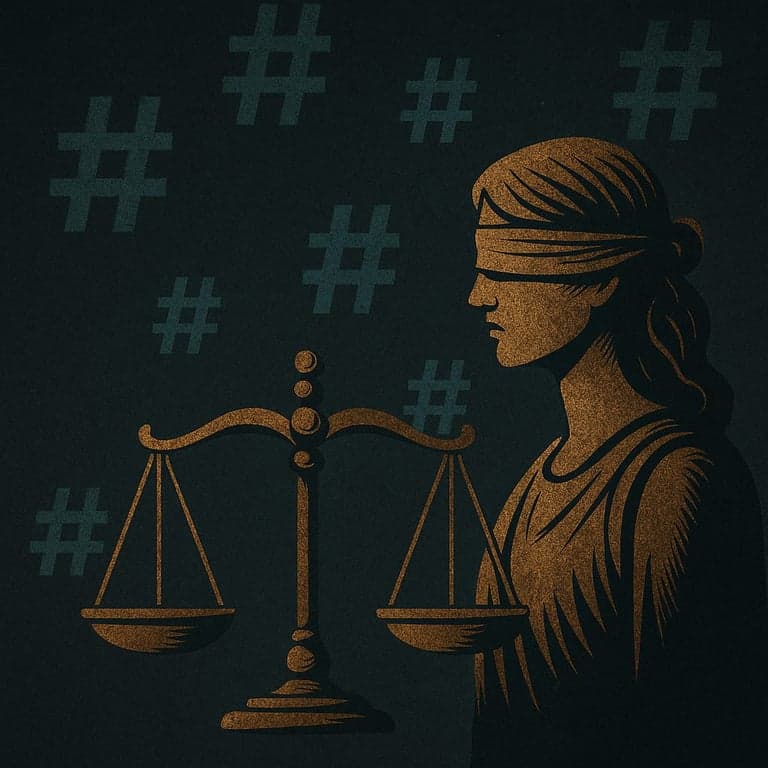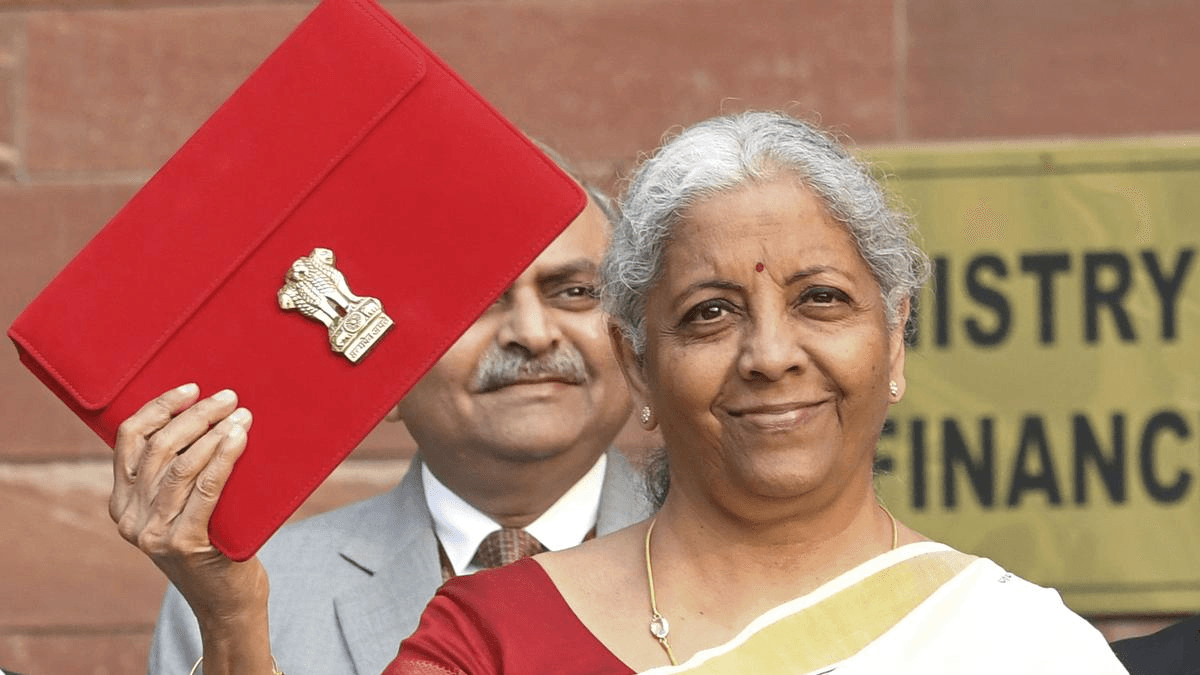 As Indians, we are familiar with the social evil of caste. Caste, in its simplest terms, is a four-fold division of Hindu society based on the principle of purity-pollution and is ranked in a hierarchy. This hierarchy became extremely entrenched and rigid during colonial rule. Despite having gained our independence from British rule, however, casteism remains an important issue in our country.
As Indians, we are familiar with the social evil of caste. Caste, in its simplest terms, is a four-fold division of Hindu society based on the principle of purity-pollution and is ranked in a hierarchy. This hierarchy became extremely entrenched and rigid during colonial rule. Despite having gained our independence from British rule, however, casteism remains an important issue in our country.
If you feel that caste is not that visible or important in today’s time, think again. Have you ever asked your peers which caste or ‘jati’ they belong to? Have you ever heard your relatives talk about ‘inter-caste’ marriage? Have you ever questioned the policy of reservations? The fact is that caste has become all too visible for the ‘lower’ or ‘downtrodden’ sections of society.
In the political arena, vote-banking politics serves as essential to democracy. A vote-bank is a loyal bloc of voters from a single community, who consistently back a certain candidate or political party in elections. Thus, to secure the largest number of votes and a position of power, politicians must appease the majority sections of the population. According to 2011 data, approximately 25% of the Indian population belongs to Scheduled Castes (SC), 9% to Scheduled Tribes (ST), 35% to Other Backward Classes (OBC), and 16% to Dalits. Clearly, they have power in a numerical sense. Most parties focus on the upliftment of these ‘downtrodden’ sections by way of policies, promises, and subsidies. Hence, caste becomes of political importance.
In a socio-cultural context, caste still serves as the basis of discrimination against a significant percentage of people. Much of the discourse around this issue revolves around opponents arguing that these ‘lower’ sections are not truly lower because of their financial prowess. The upper castes and upper-middle classes argue that oftentimes, it is these ‘downtrodden’ people who have even more financial capital than them.
This begs the question, does financial success automatically exempt them from social discrimination? Does having money mean they are no longer ‘lower’ or looked down upon? The social and economic spheres of caste- on a micro-level- are unrelated. Some dhobis, street vendors, etc. brag about buying a new property or having a BMW. However- on a macro-level- being lower caste generally means poverty and thus disability, and improper access to healthcare and education, among other things. Furthermore, the ‘lower’ castes are still treated as such simply because it is ‘traditional’ to do so.
To combat discrimination from access to basic governmental facilities such as employment, healthcare, and education, the policy of reservations was introduced by the Government of India Act 1935. This marked certain sections of people as SC and ST. Later, in 1992, reservations for OBCs were introduced. The policy of reservations is still a highly disputed topic. People of the ‘general’ category are against them as they feel it takes away from their share of seats. However, reservations are here to stay. This became obvious after the introduction of reservations for Economically Weaker Sections (EWS) in 2019.
Reservations are not only appeasement politics, they are a necessity. They aim at providing a level playing field for those who have faced centuries of discrimination, and those who still do. They allow them to access opportunities and resources that were previously denied. Reservations are not just about saving seats to save face; it is crucial for rectifying historical injustices and ensuring social development.
The caste system has stayed its course in Indian society and politics. Casteism is evident not only in rural areas but even in urban areas. The most relevant example to understand casteism in urban India is inter-caste marriage. Matrimony ads, apps, and arrangements still ask for your caste. Moreover, educated upper-caste Indians still prefer to marry within their own caste.
Caste continues to shape the social and political fabric of India, even today. True progress lies in acknowledging this reality and working collectively towards a more just, inclusive, and empathetic society.
Written by Olivia Thapar


